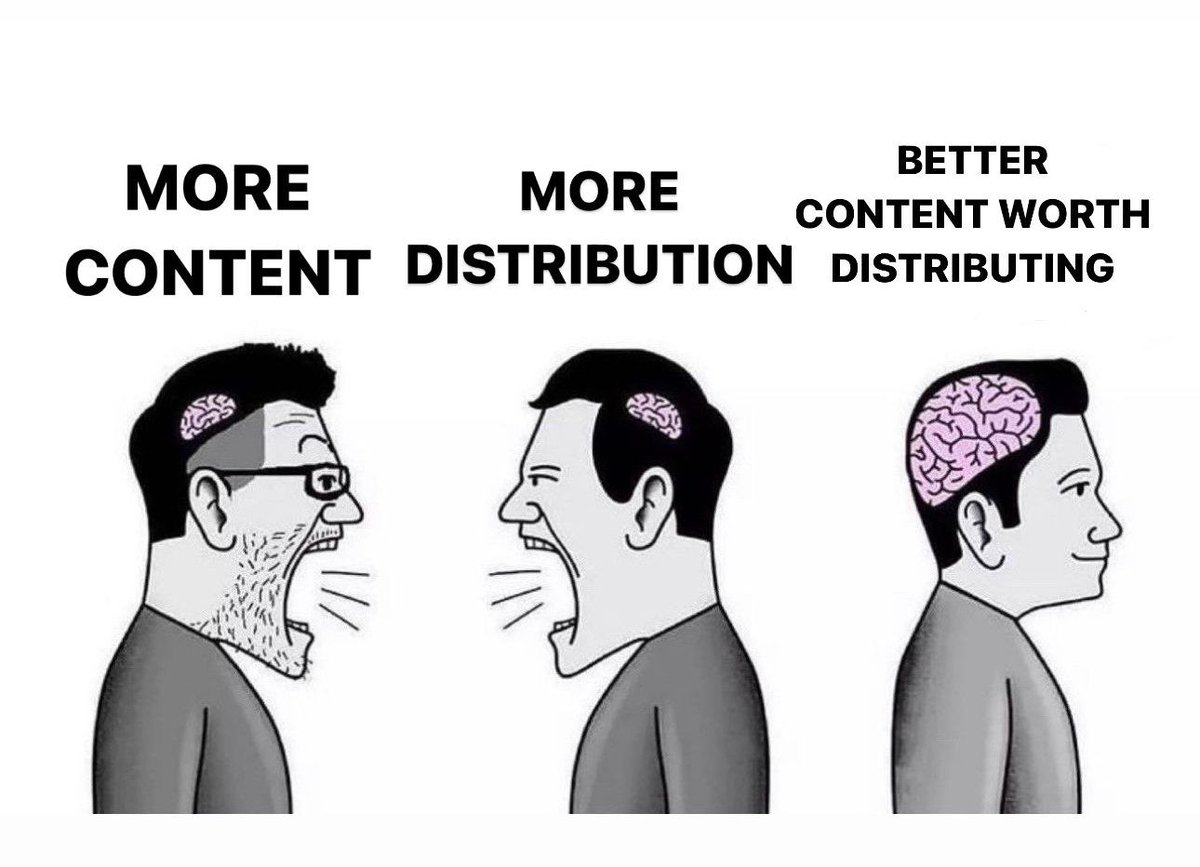Content Caffeine #21: Holy Moly Google, media coverage on a budget, GEOs impact on search
(Statistics Addition and Quotation Addition show strong performance improvements across all metrics). While the method and conclusions of this research have faced criticism, the findings are in line with our results. The very best practices for SEO are the same ones necessary for GEO: Clarity, conciseness, uniqueness, and information gain. Unfortunately, AI is still working on accuracy. Related discussion: Will Generative Engine Optimization (GEO) be a thing?
3. Google recommends making your Short ads 'blend in'
|
New Poll: Please check a box |
Thanks for voting. |
This is not an ad... |
Information |
✶ Update: X uses your data to train GrokTo turn off Grok's access to your data on X, follow these steps:
Opt-Out: Uncheck the box that allows your posts, interactions, inputs, and results with Grok to be used for training and fine-tuning purposes. |
✶ Hubspot SERP secretsHubspot has evolved. And they bet you have to, too. We're all aware of the domain authority of the Hubspot Blog. How did they overhaul their approach to content to combat search volatility and remain on top? They gave it the full E-E-A-T treatment. Related: Google Search Ranking Volatility Bursting At The Seams |
Inspiration |
✶ The importance of online reputation managementCheck out this comprehensive guide from Ahrefs. They cover what online reputation management is, why it’s important, and how you can manage your business’s reputation effectively online. |
✶ Don’t Start an Original Research Project Before Answering These 8 QuestionsI talk about the advantages of original research a lot. That's because it's one of the most powerful ways to establish and improve a brand's authority and trust online. Unique data and insights differentiate you from the competition. Plus, a single report can be repurposed into various formats, maximizing its value and reach over time. But, it's important to ask yourself the right questions first. |
I want to share your:Big news, latest resource, or outstanding results.
|
Dates to watch |
September Monthly Events
September Food Days:
September Fun Days
|
Keep in touch |
Content Caffeine
My team and I have been helping brands reach their SEO traffic and conversion goals through content and links for over 10 years. Recognized by industry leaders and household brands as an authority in both organic content and digital PR.
Content Caffeine For content-obsessed marketers and SEOs Hi there, Welcome back. Are you ready for the last quarter of 2024? It's a great opportunity to double down on your SEO and marketing efforts, and get in good shape for 2025. To help you out, I'm sharing a template that makes it easier to create effective blog content: 14 elements to include in your content brief. You'll find the link below. See you next time,Nicole P.S. Did you miss my last newsletter? Catch up on what I discovered...
Content Caffeine For content-obsessed marketers and SEOs Hi there, Welcome back. I truly appreciate your replies to my last newsletter. You asked for it, so I've dug into what Google disclosed about queries and ranking in their trial documents. There was a boatload of info in the 93 documents I read! Hopefully, the key points below (together with my comments) help you plan your SEO and content strategies for the coming months. See you next time,Nicole P.S. I read and enjoy all your emails....
Content Caffeine For content-obsessed marketers and SEOs Hi there, Welcome back. Would you like an inside look at how Google handles Search? I found dozens of details 'hiding' in the Google antitrust trial documents, so I'm sharing a couple of my insights below. Reply with "Yes" and you'll get more in the next newsletter. That letter will arrive after Labor Day, so I wish you a great long weekend with your family and friends. See you next time,Nicole P.S. Did a friend or colleague forward...

